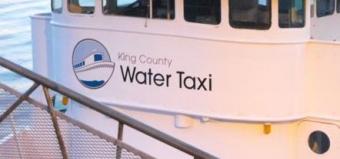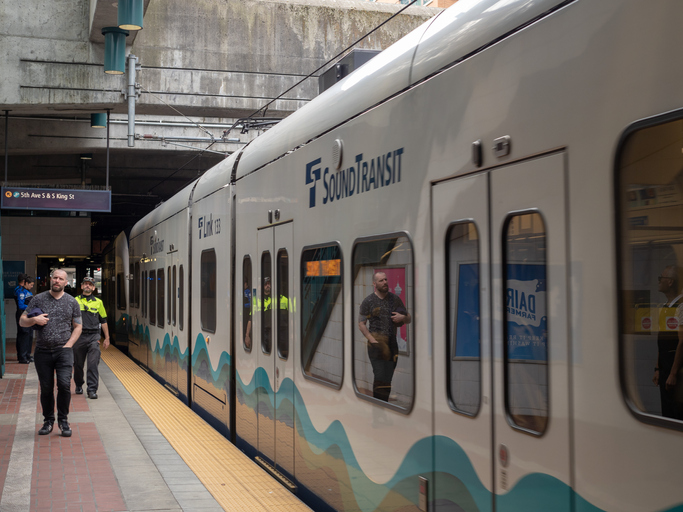Related Articles
Relevant Topics
 It started with our report that the government takeover of the West Seattle Ferry from a private operator tripled costs to taxpayers. It led to a KIRO 7 investigative story, a Seattle Times story, a Seattle Times OPED, and a rebuttal OPED by King County Councilmember Jan Drago, which we already responded to.
It started with our report that the government takeover of the West Seattle Ferry from a private operator tripled costs to taxpayers. It led to a KIRO 7 investigative story, a Seattle Times story, a Seattle Times OPED, and a rebuttal OPED by King County Councilmember Jan Drago, which we already responded to.
Ferry District Chair Jan Drago and Executive Director Hank Myers mistakenly made two general claims.
First, they say our report underestimates expenses of the private model by not counting about $306,000 in fare revenue that Argosy was allowed to keep. According to these ferry district officials, this farebox revenue should have been included as an expense to show the “true costs” of the private arrangement with Argosy Cruises.
Secondly, Director Myers and Councilmember Drago say our report overestimates expenses for King County by not counting the costs of a transit shuttle service.
Director Myers and Councilmember Drago are wrong on both counts.
For more than a decade, the West Seattle Ferry was operated through a public/private partnership with Argosy Cruises. According to the 2009 budget adopted by the King County Ferry District, the total cost of this arrangement was $808,000, or $115,000 per month. These expenses under the Argosy model do not include farebox revenues. In fact, Argosy Cruises reduced the amount it charged King County by the exact amount of fare revenues earned. This means that while taxpayers did not get to keep farebox collections (which could be argued constitutes a “cost”) they also received a reduction in operational expenses by the same amount, a policy that saved taxpayers $306,000 in 2009.
Counting farebox receipts as an expense to King County taxpayers, when Argosy Cruises reduced its operational expenses by the same amount, is wrong and makes the public/private arrangement with Argosy Cruises appear more expensive than it really is.
In 2009 and 2010, the Ferry District paid Metro to run a transit shuttle service to bring people to the Seacrest Park ferry landing. Director Myers and Councilmember Drago claim WPC does not apply these costs to Argosy Cruises in 2009, but does apply them to King County in 2010.
The budget estimates used in 2009 and 2010 were adopted by the King County Ferry District and they both include the shuttle service costs. In other words, the expenses for the transit shuttle were equally applied to both operational models. Our study treats transit shuttle costs the same for both years.
Despite higher costs and lower ridership, Director Myers and Councilmember Drago continue to defend the government takeover of the West Seattle Ferry route from a private operator. In fact, we found King County’s unionized labor costs alone are higher than the entire operating budget of Argosy’s public/private model.
For over a decade Argosy Cruises successfully managed the West Seattle Ferry efficiently and effectively for the benefit of the public. Returning to the public/private arrangement would save King County property taxpayers nearly $30 million over the next ten years without sacrificing service.
If King County continues to operate a West Seattle ferry, officials should prioritize efficiency and adopt a policy of moving the most people for the least cost to taxpayers. To do this, we recommend King County should return the operations of the West Seattle route to Argosy Cruises or some other private carrier through a competitive bidding process.



